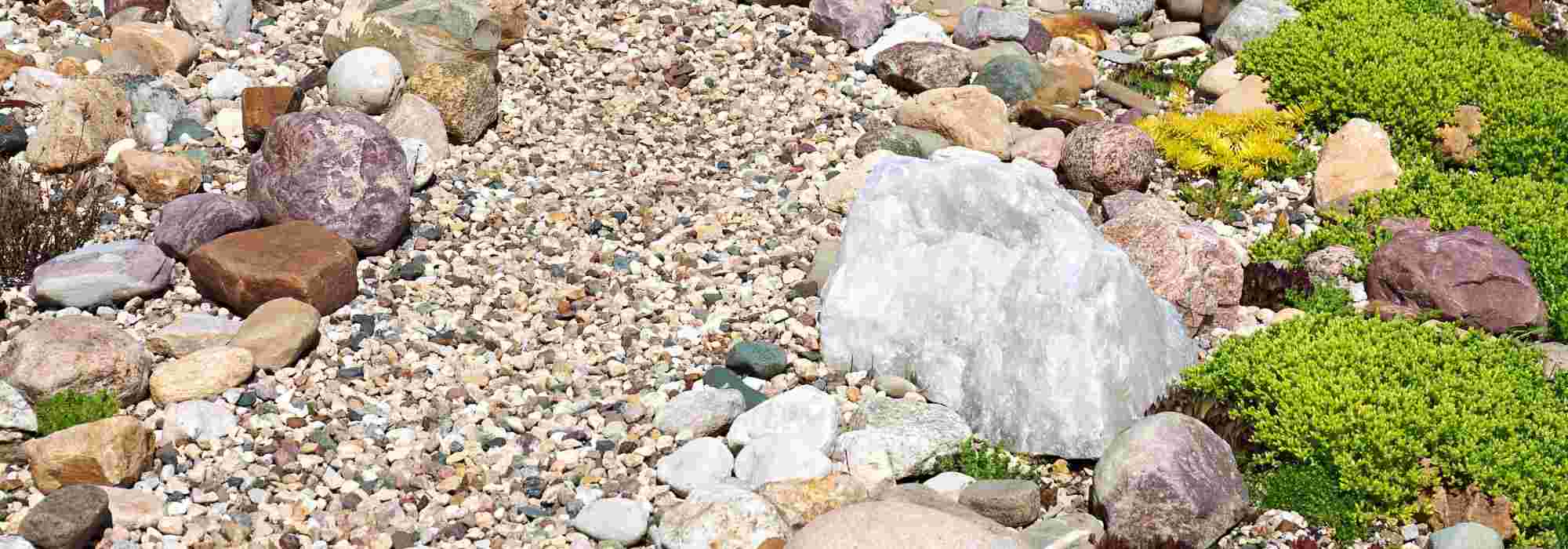
How to create a gravel garden?
Both elegant and natural...
Summary
Gravel garden are fashionable. Fairly easy to maintain in the long term, they require only a quick glance now and then and, above all, never any watering. But above all their aesthetic value should be praised, as well as their ability to accommodate plants that would have suffered in colder, poorly drained soil.
These mineral gardens are also a great way to counter increasingly frequent droughts. No rain any more? No matter — I only planted drought‑tolerant plants in my scree garden… You can convert your whole garden or, alternatively, create only small gravel areas. Some scree gardens also aim to be very natural, hosting only native plants that grow only in this type of medium.
Why a mineral garden?
A gravel garden is not a rockery and certainly not a Japanese garden. Even if it is true that it can help add a touch of zen to your garden… It is rather a bed or border whose mulch is made of gravel or another mineral. This gravel helps provide good drainage and restore at night the heat stored during day. That is why, these gardens are interesting as they can host plants from warm, dry climates such as alpine and Mediterranean flora, even plants from desert media.
Beyond its undeniable aesthetic appeal, quickly giving a contemporary feel to a garden, this type of layout is above all a biotope in its own right. Indeed, the idea is to recreate a “semi-desert” zone with particular flora and therefore particular fauna as well (insects, reptiles, …)
Despite its artificial appearance (at first!), this type of medium can quite easily fit into a natural garden with or without planting anyway. One could envisage waiting for spontaneous vegetation to naturally colonise part of the gravel.

Mineral garden or Gravel Garden from the famous Beth Chatto’s garden
You may also read
10 hardy plants for an exotic dry gardenHow to create this type of garden?
Preparing ground and laying a geotextile
Ideal is to find a fairly dry, sunny spot in your garden.
- Remove weeds by covering or by hand (for small areas): important to remove as many weeds as possible to avoid regrowth. On small areas, remove them with a hoe, gouge or a flame weeder. On larger areas, simplest solution is to lay a black sheet or some untreated cardboard on soil for a few weeks. Plants, deprived of light, will be quickly eliminated.
- Prepare ground with broadfork, digging fork or rotavator: this is an important step because once mineral layer is laid, further intervention will be difficult. Prepare ground carefully by loosening as much as possible using a broadfork, digging fork or rotavator if area is substantial.
- Improve soil drainage: if soil is very heavy and compact, consider removing topsoil and mixing with gravel. Avoid adding sand here as it will worsen compaction. If soil is sufficiently dry and well drained, or if it is very sandy, this step is unnecessary.
- Do not add organic amendment! : plants suited to scree gardens are, by nature, rarely heavy feeders. No need to enrich this area.
- Level soil and, if possible, create slight slope for water run-off: to remove as much water as possible, a slight slope of about 1 cm every 2 metres or more is useful.
- Lay geotextile or non-woven felt: fix it to ground using large stones around edges or galvanised steel pegs. This felt or geotextile will help prevent unwanted weeds from emerging during first years.
- Cut planting “holes”: make cross-shaped slits with a cutter to insert different plants through geotextile. Note that planting distances should be larger than in a conventional border. This type of layout should be fairly airy: more pleasing to eye and closer to natural conditions.
- Plant specimens in ground or in pots for more fragile ones: water well at planting.
- Finally lay mineral: stainless-steel or plastic edging strips can be used to separate different zones. Plan for a minimum 5 cm layer of mineral.
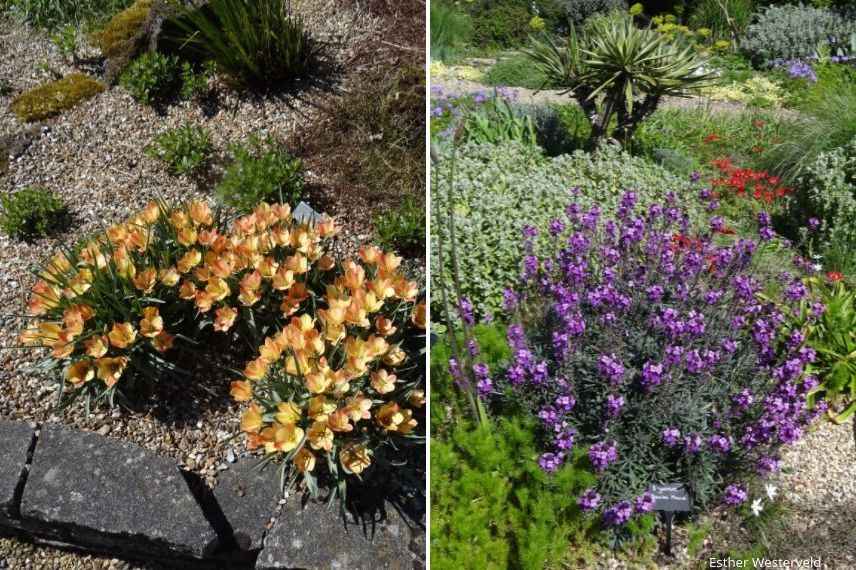
Materials to favour: different types of gravel
Gravel acts as mineral mulch. Choose carefully because once laid it will be difficult to change. Prefer mineral from your region for several reasons: it will harmonise better with surroundings, you will buy locally (and therefore pay less transport), you can visit site to choose material directly rather than from a catalogue, avoiding in many cases contributing to destruction of fragile ecosystem thousands of kilometres away, and this type of mineral will suit local flora (and consequently fauna associated with it) if you wish to attract wildlife.
- Gravels of varied shapes, composition, colours and textures: choose light colours (cream, grey, beige, …) but never white as sun will reflect too much, looking unsightly and dazzling.
- River or sea pebbles: more expensive to buy but have advantage of being smooth to touch.
- Shells
- Driftwood
- Polished bottle shards, glass beads, …: odd as it seems, some landscapers create very attractive effects with these materials…
You can also mix different types of gravel of varying colours or sizes, or combine gravel with pebbles. Everything is possible!
How many kilos of gravel should be planned for?
If 1 m³ of gravel weighs about 1800 kg (to be defined precisely according to density of chosen material), calculate as follows:
(Weight per m³/100) × thickness of layer in cm (at least 5 cm) = kilos needed per 1 m²
Example for gravel with weight per m³ of 1857 kg and for a good thickness of 7 cm: (1857/100) × 7 = 129.99 kg/m². Round to 130 kg. For scree garden of 25 m²: order 3 tonnes 250 kg of gravel…
please note : When is best time to create a scree garden? In theory, any time, but best planting periods are autumn and spring. Bear this in mind if you plan to start.

Scree garden at RHS Hyde Hall garden
Discover other Mediterranean perennials
View All →Available in 2 sizes
Available in 2 sizes
Available in 1 sizes
Available in 1 sizes
Available in 3 sizes
Available in 2 sizes
Available in 2 sizes
Available in 2 sizes
Available in 2 sizes
Available in 1 sizes
Various suitable plants
Shrubs
Some trees and bushes enjoy growing in gravel; this is notably the case of Buddleia, Cistus, Tamarisk, Sea buckthorn, Callistemon, Grevillea, gorse, sumacs…
Perennials
Choice is vast…
Achillea millefolium, Anthemis tinctoria, Artemisia, Euphorbia characias, Eryngium and Erigeron, Gaura lindheimeri, Dierama, Verbascum, Phlomis, Verbena bonariensis, Helichrysum, Perovskia, Erigeron karvinskianus…
Let’s not forget southern aromatic herbs such as sage (Salvia officinalis), marjoram, thyme, rosemary… and of course lavender.
And of course: houseleeks and sedums!!
Grasses
Fescue, Stipa, Molinia, Miscanthus, Calamagrostis, Briza, Pennisetum… Many grasses appreciate this type of medium.
Bulbs and rootstocks
All Alliums, Agapanthus, lilies, Iris, …
Annuals
Blue flax, poppy, cornflower, Californian poppy, corncockle, … Annuals flowering in summer often prefer dry, warm soil.
Exotic, alpine or Mediterranean?
Given heat and drainage created in your scree garden, you could try more exotic plants such as agaves or cacti, for example. Or why not try a new collection of alpine plants? Everything is possible if you keep plant needs in mind.

Some examples of plants for a scree garden : Euphorbias, grasses like fescue for example, Agapanthus and Achillea, Cistus, Agave and Sedum
If you don’t find what you’re looking for among plants listed above, dive into our selection of plants for dry soil in our online nursery.
You may also read
10 drought-resistant perennial plants for gardens without wateringCare requirements
- Raking regularly to keep a neat and homogeneous surface
- Cleaning plants in situ: to avoid “dirtying” the mineral surface but also enriching it; the aim is to keep soil fairly poor and well-drained. Soil that is too rich could cause “weeds” to proliferate and become undesirable.
- Regular weeding to prevent invasion by native plants: some appreciate this kind of medium and may sometimes completely cover the mineral. So keep an eye on it…
- Or conversely, plant nothing and let these natives establish to give a little boost to biodiversity. This can even be done on a very small area: one or two square metres.
Find out more...
To find out more, Jean-Jacques Derboux and Gentiane Galland have produced a book entitled: A garden without watering published by Ulmer (in French). Beyond this slightly sensational title, they offer a range of design ideas for plants that enjoy dry, warm conditions. Throughout the book, you will discover the most suitable plants, sumptuous Mediterranean gardens and even some gravel gardens.
Discover our other guides on the same topic:
- Mineral garden: 12 suitable perennials
- Mineral garden: 7 ideal bushes
- Subscribe!
- Contents
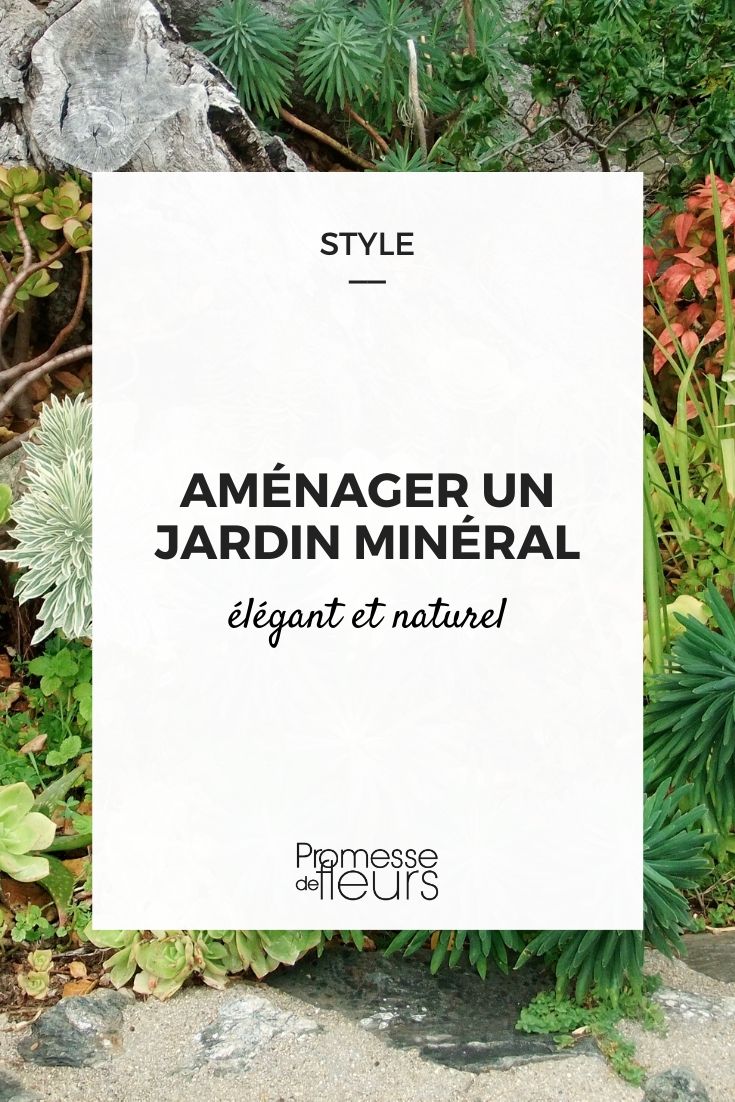































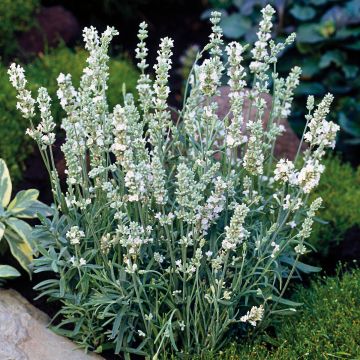


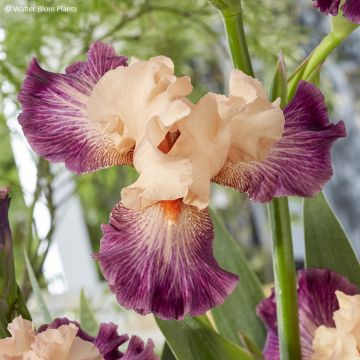
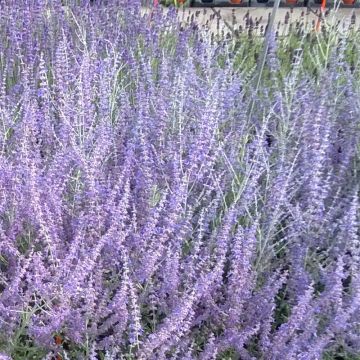
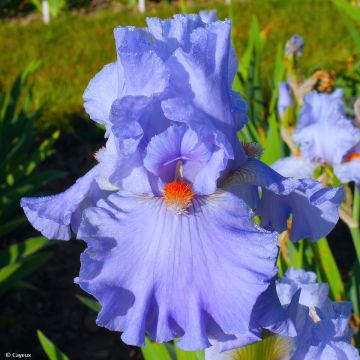
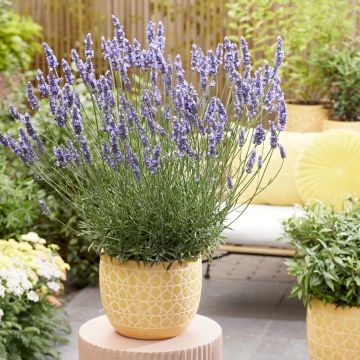
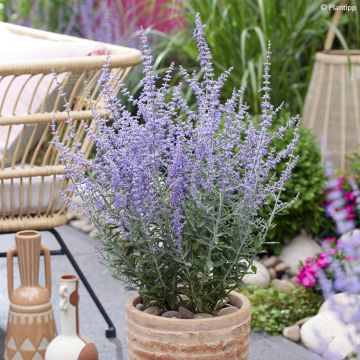
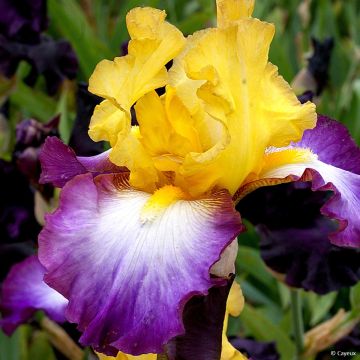
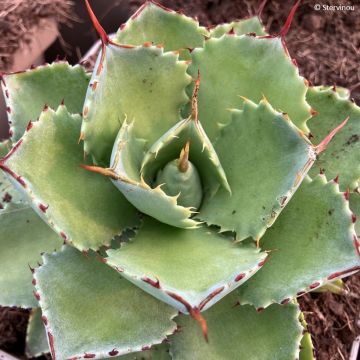
Feedbacks